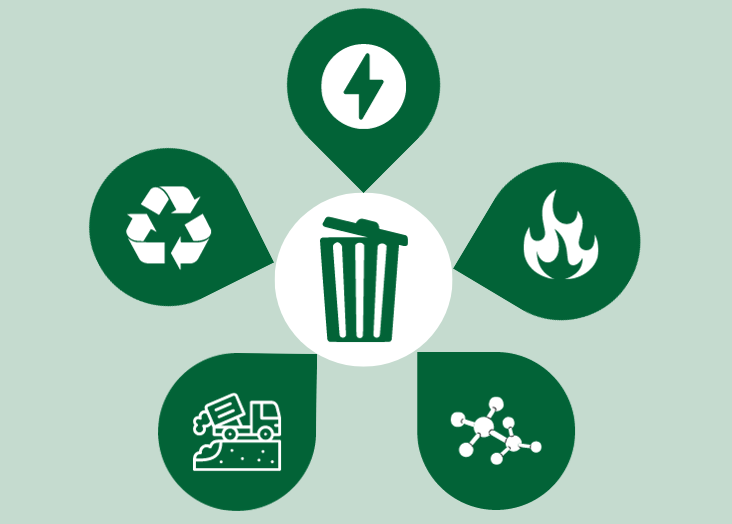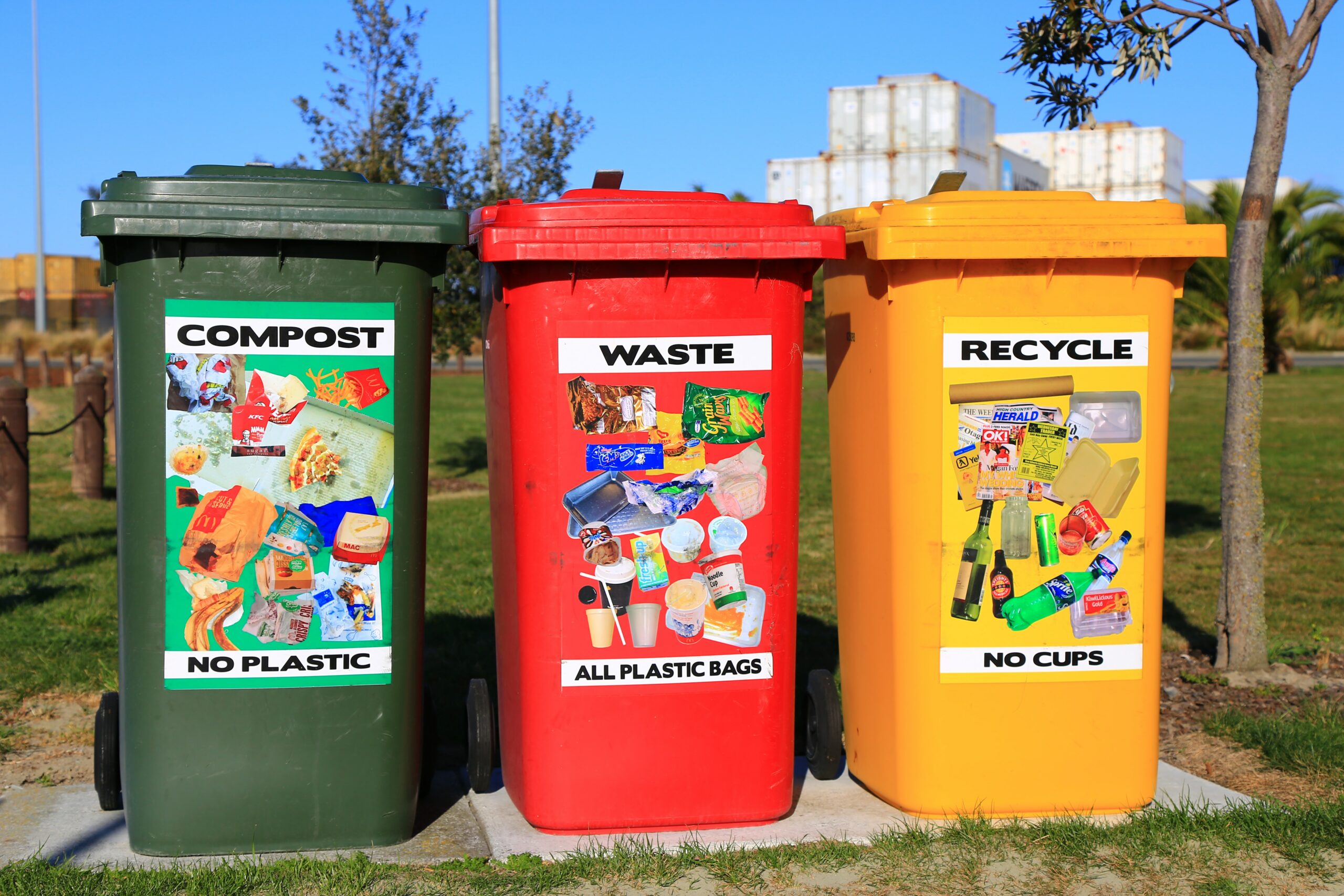The Influence of Recycling Lives Services on Communities and the Setting
The Influence of Recycling Lives Services on Communities and the Setting
Blog Article
Discovering Various Kinds Of Waste in Modern Waste Administration Systems
The contemporary landscape of waste monitoring entails navigating a complex variety of waste types, each calling for specialized handling and disposal methods to alleviate environmental effects. Local strong waste, unsafe waste, electronic waste, and natural waste each present distinct obstacles and possibilities for source recovery. Ingenious remedies such as smart waste containers and waste-to-energy innovations are becoming essential devices in boosting performance and sustainability. Recognizing these waste types is essential for cultivating public recognition and encouraging energetic engagement in lasting practices. What methods can successfully deal with these varied sorts of waste while advertising a round economy?
Community Strong Waste
Metropolitan strong waste, typically referred to as family garbage or rubbish, incorporates a selection of disposed of products generated by household, commercial, and institutional resources within a district. This waste stream generally consists of things such as product packaging, food scraps, yard trimmings, paper, plastics, fabrics, and disposed of home goods. The administration of metropolitan strong waste is a vital component of metropolitan planning and public wellness, necessitating efficient collection, transport, and disposal systems.
Efficient waste monitoring systems are created to minimize environmental effect while maximizing source healing. This commonly includes a combination of techniques including recycling, composting, and landfilling. Recycling programs target products like paper, glass, metals, and particular plastics, diverting them from landfills and reintroducing them into the manufacturing cycle. Composting organic waste, such as food scraps and backyard trimmings, not just reduces land fill usage yet additionally generates important dirt changes.
Communities have to likewise deal with the financial and logistical obstacles connected with waste monitoring. Applying pay-as-you-throw systems, boosting public understanding, and purchasing innovation can dramatically improve waste diversion rates. By integrating these methods, towns can cultivate sustainable areas, minimize greenhouse gas discharges, and save natural deposits.
Contaminated Materials

Efficient dangerous waste administration involves several important actions: recognition, therapy, disposal, and partition. Partition makes sure that dangerous materials are stored independently from non-hazardous waste to protect against cross-contamination.
Governing frameworks, such as the Resource Preservation and Recuperation Act (RCRA) in the USA, offer guidelines and criteria for harmful waste administration. Adherence to these guidelines, coupled with advancements in waste therapy innovations, is vital in mitigating the threats connected with contaminated materials.
Digital Waste
Electronic waste, commonly described as e-waste, represents a swiftly expanding challenge in waste monitoring systems internationally. This kind of waste incorporates disposed of electronic tools and equipment such as smartphones, computer systems, televisions, and various other digital appliances. The quick pace of technical innovation, coupled with decreasing product lifespans and customer need for the current tools, has greatly boosted the quantity of e-waste produced yearly.
E-waste is particularly bothersome due to its intricate composition, often consisting of hazardous compounds like mercury, cadmium, and lead, which pose substantial environmental and health and wellness threats otherwise correctly handled. Alternatively, e-waste also includes useful products such as silver, gold, and copper, which can be recuperated and reused. The twin nature of e-waste-- both hazardous and important-- necessitates specialized handling, recycling, and disposal processes.
Efficient e-waste administration entails stringent regulative structures, durable collection systems, and advanced reusing technologies. Public awareness and participation are important, as incorrect disposal methods, such as unlawful discarding and informal recycling, intensify environmental contamination Discover More and carcinogen. Boosting e-waste administration methods is important for mitigating environmental effect and recovering important sources in a progressively digital world.

Organic Waste
Organic waste, making up kitchen scraps, backyard trimmings, and agricultural deposits, represents a considerable portion of the worldwide waste stream. This kind of waste is naturally degradable, meaning it can be broken down by microbes into less complex organic substances. Despite its capacity for all-natural decomposition, incorrect monitoring of organic waste can cause adverse environmental influences, including the discharge of greenhouse gases such as methane, which add to climate modification.
Reliable management of organic waste is vital for minimizing these environmental effects (recycling lives services). Composting is an extensively adopted technique, changing organic waste into nutrient-rich garden compost that can boost soil wellness and agricultural efficiency. In addition, anaerobic digestion is an emerging innovation that transforms natural waste right into biogas, an eco-friendly energy source, and digestate, which can be utilized as fertilizer
Municipalities and waste administration entities have to implement robust organic waste collection and treatment programs to make best use of the advantages of these procedures. Public education and learning projects can additionally play a pivotal role in encouraging households and services to separate organic waste from other sorts of waste. By prioritizing the administration of organic waste, societies can lower garbage dump usage, lower greenhouse gas emissions, and create valuable by-products for farming use.
Cutting-edge Waste Administration
In the realm of waste management, cutting-edge techniques are changing exactly how societies handle their refuse, intending for sustainability and performance. One famous advancement is the application of smart waste containers furnished with sensors that monitor fill degrees and maximize collection paths.
Another notable growth is the adoption of waste-to-energy (WtE) technologies. By transforming non-recyclable waste right into functional energy via procedures such as incineration and anaerobic digestion, WtE reduces land fill problem and offers a renewable resource resource. Additionally, developments in chemical recycling allow Check This Out for the malfunction of intricate plastics into their initial monomers, allowing the development of new, high-grade plastic items.
In addition, the round economic situation version is obtaining grip, stressing the design of items and systems that focus on reusability and resource performance. This holistic method urges industries to lessen waste generation from the start. With these cutting-edge techniques, modern-day waste administration systems are not just dealing with the prompt difficulties of garbage disposal yet likewise leading the way for a much more sustainable future.
Final Thought
A thorough understanding of municipal strong waste, contaminated materials, digital waste, and organic waste, combined with the implementation of cutting-edge waste management options, is critical for reducing environmental effects. Integrating innovations such as wise waste containers and waste-to-energy systems can improve effectiveness and sustainability. Efficient waste administration methods not just foster source healing yet also advertise public awareness and engagement, inevitably adding to the growth of visite site a round economic situation.
The modern landscape of waste monitoring includes navigating a complex array of waste types, each calling for specialized handling and disposal approaches to mitigate environmental impacts. Municipal solid waste, harmful waste, digital waste, and natural waste each existing unique difficulties and opportunities for source recuperation.Digital waste, typically referred to as e-waste, represents a swiftly expanding difficulty in waste management systems globally. Via these ingenious techniques, modern waste monitoring systems are not just dealing with the immediate obstacles of waste disposal however also leading the method for a more lasting future.
An extensive understanding of municipal strong waste, dangerous waste, electronic waste, and natural waste, coupled with the implementation of cutting-edge waste management remedies, is essential for reducing ecological effects. (recycling lives services)
Report this page